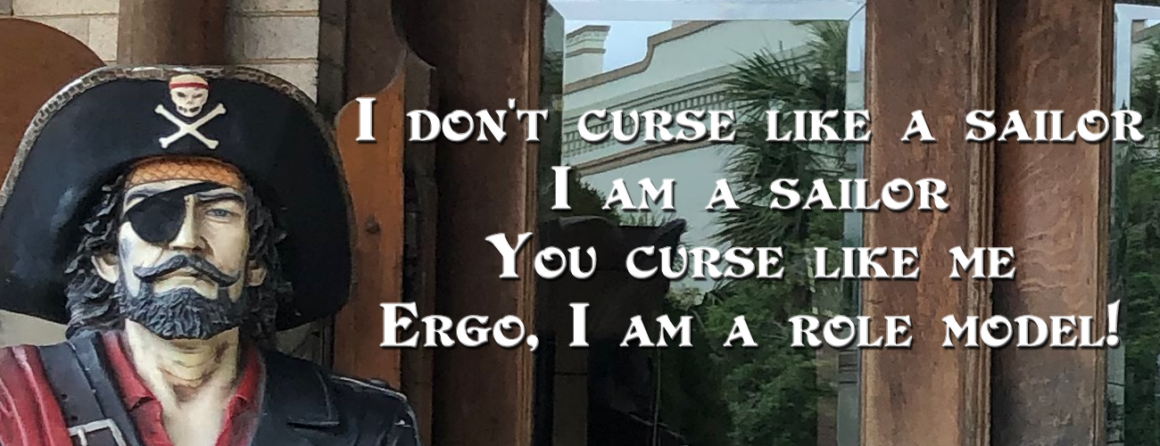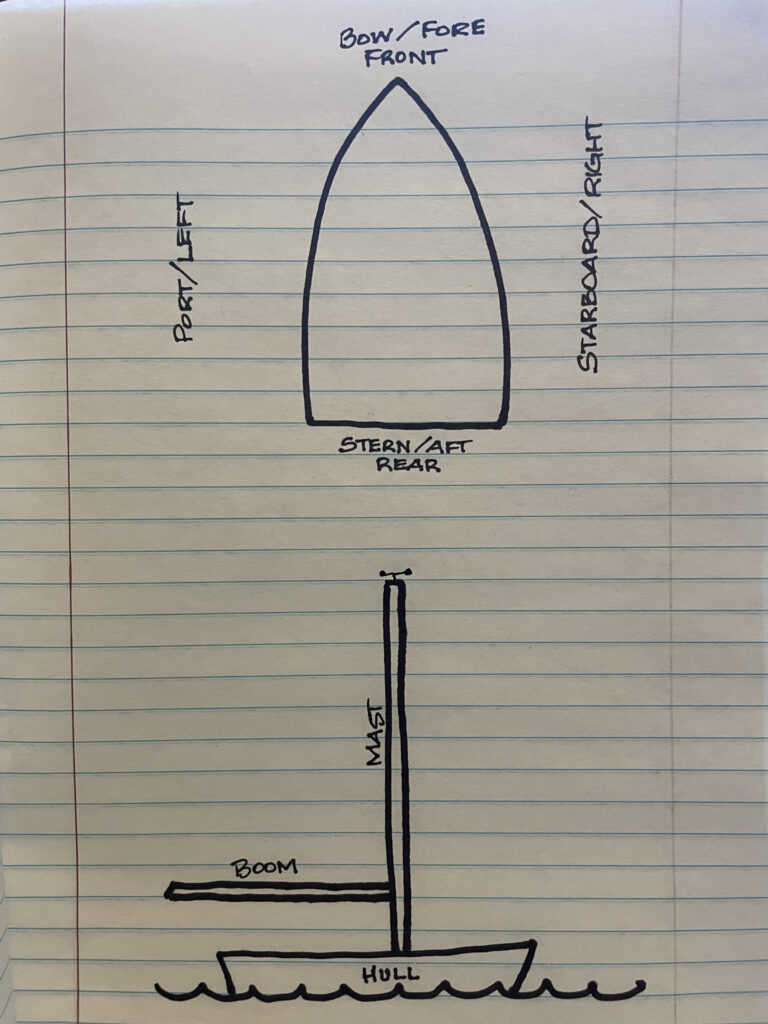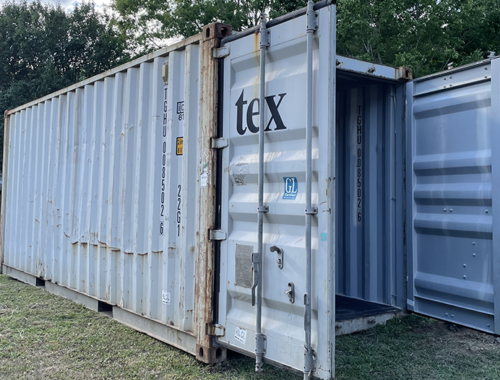
BS1 03 – Speaking Nauti
Sailors have a specific language all their own, there is no question about that. I don’t mean the actual technical language of sailing either, I mean just nautical language in general. More importantly, I realize that William and I are both guilty of using this nauti-speak on a regular basis, frequently peppering conversations with terms foreign to others ears without even realizing our faux pas, and I understand how frustrating even a tiny language barrier can be!
While I wouldn’t expect anyone to learn a whole new language, I also won’t even begin to try and lay out a general glossary of nautical terms and definitions, discuss sailor slang or even the everyday phrases derived from it, though I can link you to a few of those articles (see what I did there?) and I can attempt to add a little more clarity around the main words we use which we seem to field the most questions about. Just the simple stuff here. We’re pretty simple people.
I have a little drawing:

Obviously my art suffers as greatly as my writing, but they both help to tell the story! Port and Starboard, in my personal experience, seem to be the main terms that people appear to struggle with the most. William says that one little trick to remembering which side is which, is to note that port is a 4 letter word the same as left is a four letter word, and both words reference the same side.
Why don’t we just use left and right? The Naval History and Heritage Command site defines it this way: “Port and starboard are shipboard terms for left and right, respectively. Confusing those two could cause a ship wreck. In Old England, the starboard was the steering paddle or rudder, and ships were always steered from the right side on the back of the vessel. Larboard referred to the left side, the side on which the ship was loaded. So how did larboard become port? Shouted over the noise of the wind and the waves, larboard and starboard sounded too much alike. The word port means the opening in the “left” side of the ship from which cargo was unloaded. Sailors eventually started using the term to refer to that side of the ship. Use of the term “port” was officially adopted by the U.S. Navy by General Order, 18 February 1846.”
Okay. It appears to make sense.
The mast is obviously that really tall stick, but not everyone knows the name of the boom (the horizontal stick), and a lot of people seem to be easily confused about the hull, or maybe, about what a hull is? The glossary linked above defines the hull as: the shell and framework of the basic flotation-oriented part of a ship. I couldn’t have said it better myself. #eyeroll
I think where I usually get the most funny looks is when I refer to the fact that our previous boat, Wind Dragon, was a monohull (or a boat with a single hull). Wind Dragon II is a catamaran (a boat with two hulls). Both catamarans and trimarans (a boat with three hulls) are also referred to as multihulls (boats having more than one hull). This can be really confusing to people who are not familiar with boats or boating in general, and there is absolutely no shame in that!
There is without a doubt a learning curve to all aspects of boating, but as far as keeping up with us is concerned, I’m fairly certain most of you will understand (or be able to figure out relatively easily) what items or areas we’ll be talking about during the focus of our future blogs and vlogs. If nothing else, there will be some pictures, and maybe video, and I can be pretty deft in Photoshop and other programs when I want or need to be. If all else fails, don’t be afraid to ask us directly if you have a question or need some clarification – we are always happy to help when and where we can!
If I’ve learned anything over the years, it’s that the sailor’s lingo is mostly learned through osmosis. I mean that. I steadfastly refused to learn what a sheet was, and I was only too happy to define it as a piece of fabric that covers a mattress, until one day, it wasn’t. I never asked, I was never told, I just knew. Not only did I know what it was, I knew precisely where it was, what it was for, and how to use it. Osmosis.
Or I picked it up hanging around sailors, like you will through us. Same thing (lol).
Until next time, fair winds and following seas!





